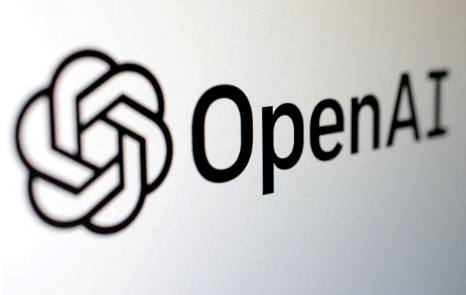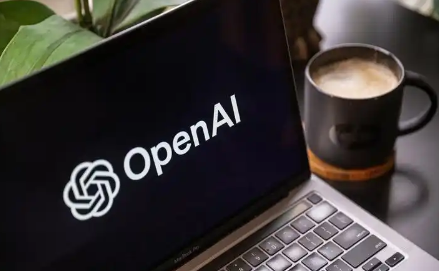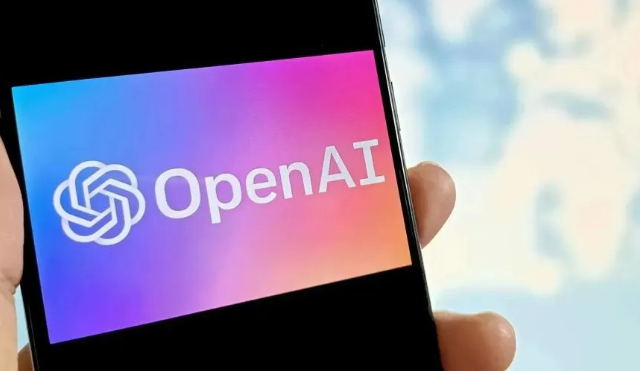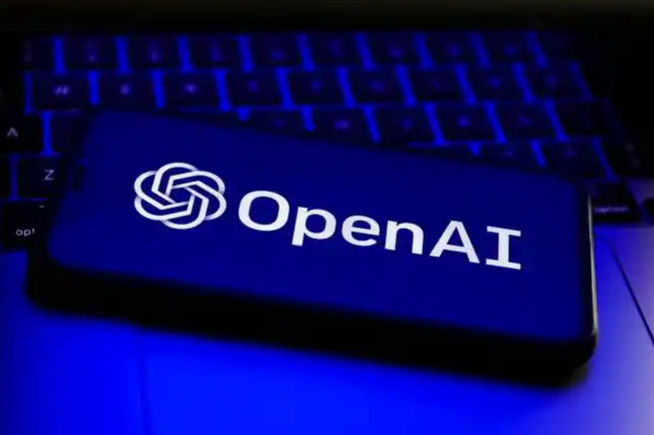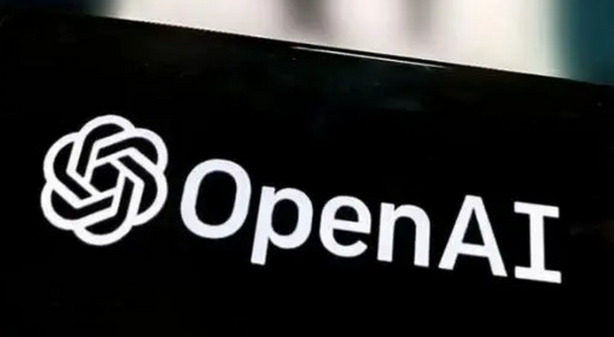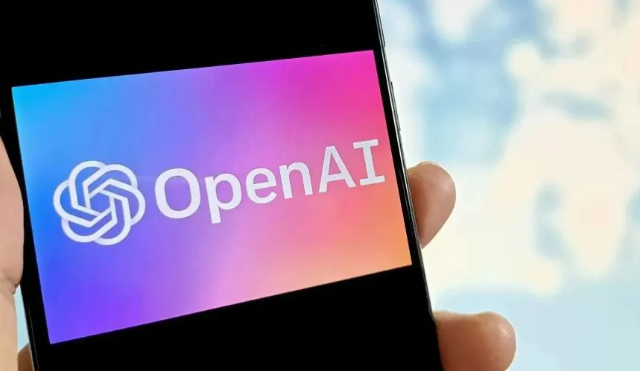In the world of AI, OpenAI has recently announced a delay in launching its open-source model, with the main reason being to enhance AI security testing. This move has sparked widespread discussion across the tech community. For developers and AI enthusiasts, this isn't just about model availability, but also about the long-term safety and sustainability of the AI ecosystem. This article dives deep into OpenAI open-source model security testing, exploring the logic behind the delay, its wider impact, and what it means for the future of AI security.
Why Did OpenAI Delay Its Open-Source Model Release?
OpenAI has long been known for its commitment to openness, but this time, the decision to delay the open-source model comes from a strong focus on AI security. As AI capabilities grow, so do the risks of misuse. The OpenAI team wants to ensure, through more comprehensive security testing, that the model cannot be exploited for harmful purposes such as misinformation, cyberattacks, or other malicious uses. While some developers may feel disappointed, in the long run, this is a responsible move for the entire AI ecosystem. After all, safety is always the foundation of innovation.
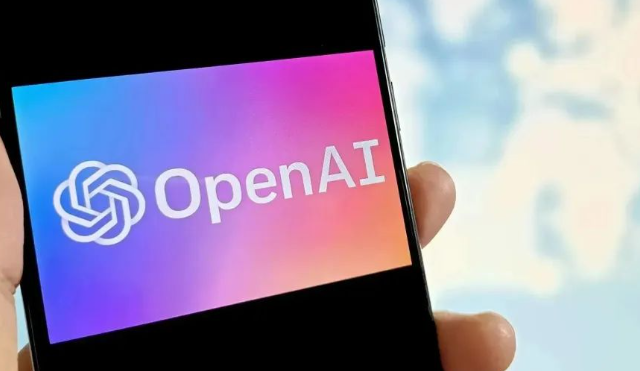
Five Key Steps in OpenAI Open-Source Model Security Testing
If you're interested in the security of open-source models, here are five detailed steps that explain OpenAI's approach to security testing:1. Threat Modelling and Risk Assessment
OpenAI starts by mapping out all possible risks with thorough threat modelling. Is the model vulnerable to being reverse-engineered? Could it be used to generate harmful content? The team creates a detailed risk list, prioritising threats based on severity. This process involves not only technical experts but also interdisciplinary specialists, making sure the risk assessment is both comprehensive and forward-looking.2. Red Team Attack Simulations
Before release, OpenAI organises professional red teams to simulate attacks on the model. These teams attempt to bypass safety measures, testing the model in extreme scenarios. They design various attack vectors, such as prompting the model to output sensitive data or inappropriate content. This 'real-world drill' helps uncover hidden vulnerabilities and guides future improvements.3. Multi-Round Feedback and Model Fine-Tuning
Security testing is never a one-time thing. OpenAI uses feedback from red teams and external experts to fine-tune the model in multiple rounds. After each adjustment, the model is re-evaluated to ensure known vulnerabilities are addressed. Automated testing tools are also used to monitor outputs in diverse scenarios, boosting overall safety.4. User Behaviour Simulation and Abuse Scenario Testing
To predict real-world usage, OpenAI simulates various user behaviours, including those of malicious actors. By analysing how the model responds in these extreme cases, the team can further strengthen safeguards, such as limiting sensitive topic outputs or adding stricter filtering systems.5. Community Collaboration and Public Bug Bounties
Finally, OpenAI leverages the power of the community with public bug bounty programs. Anyone can participate in testing the model and reporting vulnerabilities. OpenAI rewards based on the severity of the bug. This collaborative approach not only enhances security but also builds a sense of community ownership.
OpenAI starts by mapping out all possible risks with thorough threat modelling. Is the model vulnerable to being reverse-engineered? Could it be used to generate harmful content? The team creates a detailed risk list, prioritising threats based on severity. This process involves not only technical experts but also interdisciplinary specialists, making sure the risk assessment is both comprehensive and forward-looking.2. Red Team Attack Simulations
Before release, OpenAI organises professional red teams to simulate attacks on the model. These teams attempt to bypass safety measures, testing the model in extreme scenarios. They design various attack vectors, such as prompting the model to output sensitive data or inappropriate content. This 'real-world drill' helps uncover hidden vulnerabilities and guides future improvements.3. Multi-Round Feedback and Model Fine-Tuning
Security testing is never a one-time thing. OpenAI uses feedback from red teams and external experts to fine-tune the model in multiple rounds. After each adjustment, the model is re-evaluated to ensure known vulnerabilities are addressed. Automated testing tools are also used to monitor outputs in diverse scenarios, boosting overall safety.4. User Behaviour Simulation and Abuse Scenario Testing
To predict real-world usage, OpenAI simulates various user behaviours, including those of malicious actors. By analysing how the model responds in these extreme cases, the team can further strengthen safeguards, such as limiting sensitive topic outputs or adding stricter filtering systems.5. Community Collaboration and Public Bug Bounties
Finally, OpenAI leverages the power of the community with public bug bounty programs. Anyone can participate in testing the model and reporting vulnerabilities. OpenAI rewards based on the severity of the bug. This collaborative approach not only enhances security but also builds a sense of community ownership.


